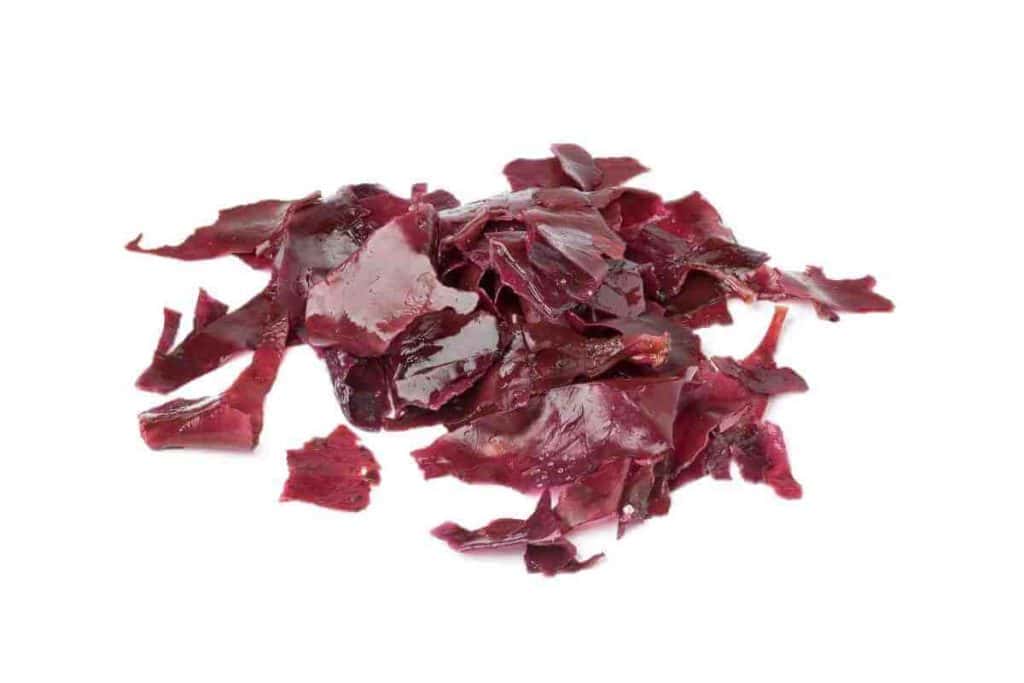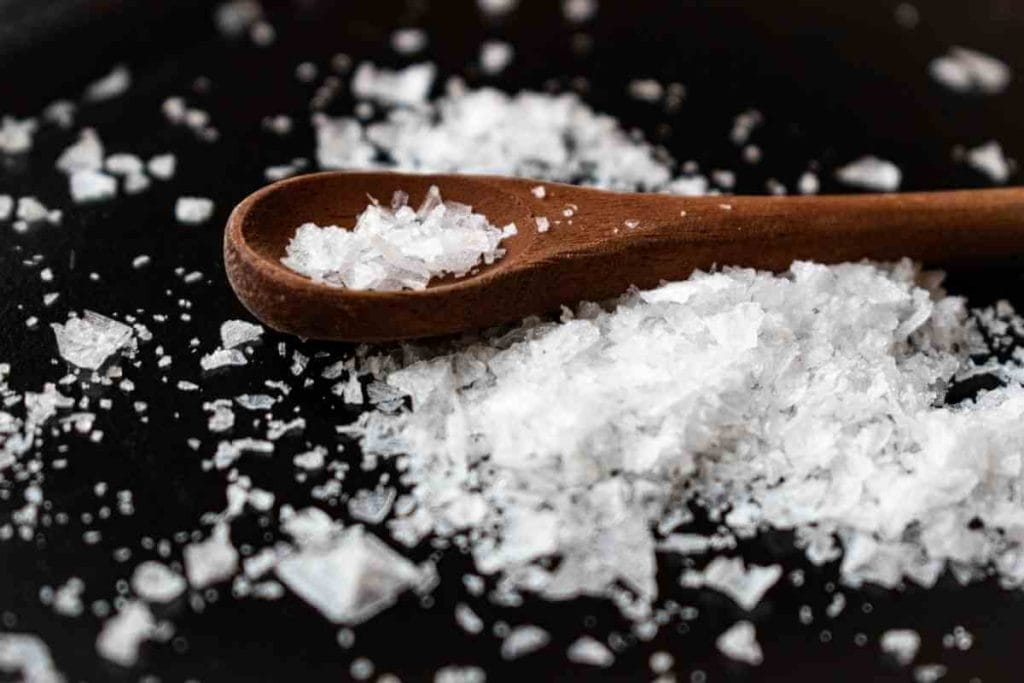This article may contain affiliate links and if you make a purchase after clicking on a link, we may earn a small commission at no additional cost to you.
There are quite a few Ajinomoto substitutes that are reminiscent of Ajinomoto’s flavor. Also, it is possible to make your umami seasoning if you have the time.
Sesame seed butter, soy sauce, and tamari are other preferred options for sauces, soups, and stews. Most people appreciate homemade broths or vegetable bouillon cubes instead of soy or tamari sauces.
So if you do not have or cannot find any Ajinomoto in the stores, do not panic! There are many acceptable alternatives available, even healthier than Ajinomoto.
What Is Ajinomoto?
Ajinomoto is the common name for a flavor enhancer called Monosodium Glutamate (MSG). Ajinomoto is a processed soybean product used as a seasoning, thickener, and flavoring agent in foods.
Aji Glico, Inc., a company based in Japan specializing in food science research and development, created it. Ajinomoto is considered an ingredient of interest to the culinary world because it has many applications.
This MSG product is used in cooking to elevate flavors and add a unique fragrance. Ajinomoto is used in many foods as a vegetable additive, such as instant noodles, bread, cakes and desserts, mayonnaise and condiments, sausages, soups, etc.
The discovery of Ajinomoto also opened a new door in flavor research. Now, scientists can play around with MSG’s molecular structure to create new MSG compounds that are more desirable in foods.
Best Ajinomoto Substitutes
1. Beef Stock

Substitute Ajinomoto for Beef Stock?
Beef stock is created by simmering beef bones or meat with spice and vegetables like carrots and celery to create a rich and flavorful broth.
The simmering process causes the marrow in the bones to release fat into the water, along with proteins that become gelatin.
It sounds like they are not interchangeable, right?
But they are. I bet you will not be able to taste the difference because both have UMAMI deliciousness and high-level glutamate.
So what is the difference?
MSG is used to enhance food flavor, whereas beef stock is food in and of itself.
You can add your beef stock to your stews, sauces, braises, or use it as a base for soups. Homemade beef is usually preferred.
However, most people find the store-bought version more convenient.
2. Soy Sauce

Soy sauce can be used as a substitute for Ajinomoto because it also has that umami-rich flavor with a salty taste that makes food more delicious. Ajinomoto is mainly made from fermented soybean paste, wheat flour, vegetable, and spices.
However, it also contains many chemicals that make it a more artificial product, while soy sauce is only made from soybeans and wheat flour.
Hence, if you are trying to change your diet or looking for a healthier alternative, soy sauce is the right choice. This ingredient does not contain chemicals that can be harmful to your body, but it contains salt and sodium, so do not use too much of it.
You can use it as a marinade for meats like chicken or beef, or it can also be used as a dipping sauce for egg rolls or spring rolls.
It may seem simple enough to make your soy sauce at home by combining these ingredients in a pot on your stovetop (or buying pre-made at the grocery store!).
However, there is more behind the scenes when it makes its way into your kitchen than meets the eye.
3. Parmesan Cheese

It is not just the taste; it is the science.
If you are looking for a replacement for Ajinomoto, Parmesan cheese is a good fit, but it depends on what you are making. As Ajinomoto does, Parmesan cheese adds a saltiness and umami flavor to your food.
But here’s the thing: if you’re trying to bulk up your food and get some of the benefits Ajinomoto provides as an enhancer — like helping improve protein nutrition and supporting neurogenesis in your brain — then Parmesan cheese just isn’t going to cut it.
Parmesan cheese only has sodium glutamate (the same thing found in Ajinomoto). Still, it does not have any ingredients that make Ajinomoto so special — glutamic acid, lysine, and glycine.
The bottom line is this: you can use Parmesan cheese as a substitute for Ajinomoto if you want to add some sodium glutamate to your meal. However, if you are looking for more than that, you will want to go with Ajinomoto instead or keep checking other Ajinomoto substitute.
4. Dulse

Dulse, made from sea algae, has the same nutrients as Ajinomoto but has fewer additives and no artificial ingredients.
Dulse, also known as sea lettuce flakes or palmaria palmata, is a red alga found in the North Atlantic and Pacific oceans. It grows on rocks just below the low-tide mark, where it can be harvested by hand.
It has a subtle ocean taste with a mildly salty, savory flavor. On top of that, Dulse is much healthier than Ajinomoto because it has more vitamins, minerals, and antioxidants.
Both Dulse and Ajinomoto can be added to dishes that do not have a lot of flavors to enhance the taste.
5. Shiitake Mushrooms

Ajinomoto and Shiitake Mushrooms are used to add umami, a savory flavor that is not quite salty or sweet, to dishes. However, they differ in some ways. Shiitake mushrooms are rich in immune-boosting substances and provide various health benefits.
They are high in B vitamins, which can help regulate your metabolism, improve digestive health, and keep your skin looking healthy. They also contain vitamin D and provide anti-inflammatory properties that can keep you feeling your best.
Ajinomoto does not come from a natural source like shiitake mushrooms do — it is a synthetic chemical additive added to food. Although it provides the same umami flavor as shiitake mushrooms, it has no additional nutritional benefits and has some downsides.
Ajinomoto is known to cause headaches in sensitive individuals, and some consumers have reported nausea after consuming it. Therefore, shiitake mushroom is the perfect retreat if Ajinomoto fails.
6. Yeast Extract

Yeast extract is a potent flavor enhancer, and it is very similar in flavor profile to Ajinomoto. They are both food additives. They contain glutamic acid, which intensifies the savory sensations in foods.
Therefore, you can wholeheartedly use yeast extract in place of Ajinomoto in savory cooking recipes like soup stocks, sauces, and marinades if you do not have them on hand.
It is also a common ingredient in packaged foods such as chips, crackers, canned soups, salad dressings, and other products.
7. Anchovies

If you have ever eaten a tuna melt or a pizza, you know how delicious anchovies can be. Both anchovies and Ajinomoto have a rich, savory flavor that gives your food complexity and an added umami kick.
However, if you misuse them, the results can be disastrous! Aside from that, anchovies have almost an overwhelming flavor. But the health benefits of this little fish are surprising.
Anchovies contain high omegas and are rich in vitamins and minerals, including iron, zinc, calcium, phosphorus, selenium, potassium, sodium, and magnesium.
It is also a great source of protein — it contains about 19 grams per 100 grams (3.5 ounces) of fish.
8. Salt

Salt will be your last backup if you do not have any of these Ajinomoto substitutes. We often use salt to enhance the taste of our food, likewise Ajinomoto.
Salt contains sodium only. It adds a salty taste to your food but does not have other flavors. On the other hand, Ajinomoto is a blend of sodium and glutamate. In addition to salty flavor, Ajinomoto also brings an umami taste to your food.
While you can use salt as a substitute for Ajinomoto, your dish will lack the umami flavor that Ajinomoto brings.
Frequently Asked Question
Is Ajinomoto Bad For Your Health?
For many years, Ajinomoto has been one of the most popular and trusted ingredients for cooking. The food additive is made from monosodium glutamate (MSG) used to enhance food flavor.
There are conflicting reports about the safety of Ajinomoto. Since its discovery by Kikunae Ikeda in 1908, it has become a staple ingredient in many kitchens worldwide.
However, there have been various reports that Ajinomoto could be harmful to your health. Some people have reported headaches and nausea after consuming foods with MSG. This has led many people to ask whether Ajinomoto is bad for your health.
The truth is, we do not know. There is no conclusive evidence that Ajinomoto causes any adverse effects on humans, but several studies suggest otherwise.
It is important to remember that MSG can be found naturally in cheese and tomatoes. Still, you will not experience any adverse reactions from eating those foods because it is not concentrated enough to cause harm.
If you are worried about your health, you may want to avoid consuming foods with MSG until more research is conducted on its potential long-term effects on humans.
What Does Ajinomoto Taste Like?
Ajinomoto tastes like white crystals. It is an odorless, salty substance that dissolves easily in water while imparting an umami taste when added to a meal.
Does Maggi Contain Ajinomoto?
Why do people think that?
For years, people have been concerned about the MSG in their Maggi noodles. Ajinomoto (or monosodium glutamate) is used to enhance food flavor. However, it has been linked to health problems. Therefore, people are worried that Maggi might be unhealthy.
Here is the truth: Maggi contains no added MSG.
What Is Used To Make Ajinomoto?
Ajinomoto is made from the fermented broth of sea salt, sugar, and other natural ingredients. It is not a chemical but a naturally occurring molecule found in many foods, including fruits, vegetables, and meat.
Conclusion
If you like the taste of Ajinomoto, then I suggest that you use it. But if this is your first time buying Ajinomoto or feeling intimidated when you see the words “made in Japan,” then my best advice is to try out this Ajinomoto substitute.
I promise you will not have a hard time saying goodbye to the Ajinomoto taste. Moreover, you will be pleased to know that there are other options for food flavor enhancers aside from Ajinomoto.